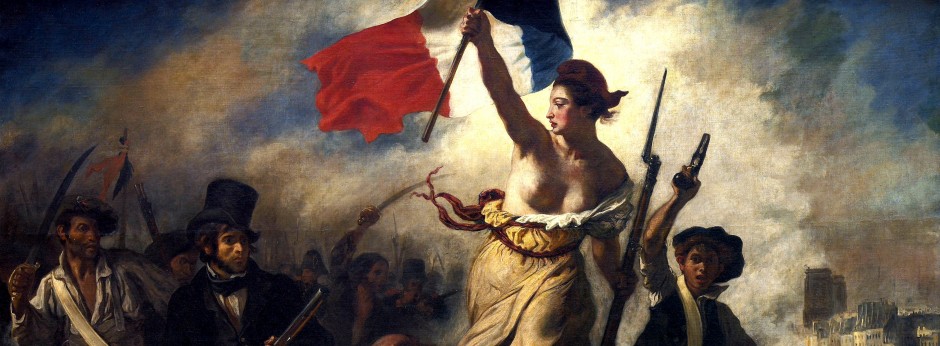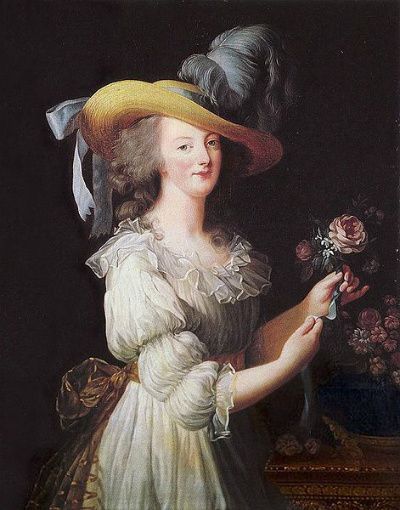With the end of the semester quickly approaching, many of you are preparing to go abroad to study, intern, or just travel. As you maneuver around in a new country, social situations might leave you feeling awkward at best, and completely lost at worst. What you’ll quickly find is that first impressions can make or break the relationship you have with someone, and outside of the US Americans haven’t exactly be known to excel in this area. Well, one of my hobbies is to study cultural differences between countries, and I came across several articles comparing the ideal handshake around the world. Most introductions will start with some version of a handshake, so knowing what is expected of you prior to the shake is a much better strategy than awkwardly figuring it out as you go. It sets the conversation off on the right foot, and helps you avoid any misunderstandings or unintentional rudeness. Because really, nobody want’s to be one of “those” Americans.
So without further ado, here are some findings on “handshake etiquette” around the world:
1. BRAZIL
Brazilians give a firm handshake that lasts longer than most Americans are used to. As awkward as it may seem, you’ll need to maintain strong eye contact throughout this entire exchange. Women should be greeted with a kiss on each cheek. Repeat these processes with both the men and women when you leave.
2. CHINA
This is probably one of the hardest shakes for Americans, who are taught how to shake basically in the opposite way: Firm handshake, eye contact, let go as soon as you’re done shaking. But in China, you grip lightly and bow slightly. Do not squeeze their hand, that’s considered rude. Avoid direct eye contact and (without thinking awkward thoughts) hold onto the person’s hand a second or two after the handshake has finished. You should also greet the oldest people first–it’s a matter of respect.
3. PHILIPPINES
Most other Asiatic countries, including Japan, follow China’s lead. But the Philippines is an exception. This time look them right in the eye and don’t bow. A weak grip, however is still necessary here. Embrace your inner wet noodle.
4. AUSTRALIA
If you’re a woman and you’re shaking a man’s hand, you should offer your hand first. Typically, women don’t shake hands with other women. Make the shake firm and fast, and never ever use both hands.
5. FRANCE
Shake their hand quickly and lightly, every time you meet (you could have known them for 10 years, but you should still shake their hand). If you’re close (and feeling extra European), a kiss on both cheeks is also customary.
6. RUSSIA
Unless it’s a business situation, you shouldn’t shake the hand of the opposite sex. It is considered impolite, because it’s traditional for a man to kiss a woman’s hand–rather than shake it–in greeting. If you are going to shake, however, bulk up squeeze tight. If it feels like you’re crushing their bones, you’re doing it right.
7. TURKEY
This is another country where firm shakes are considered rude. But don’t be surprised if the person holds the handshake so long that it becomes more like they’re actually holding your hand. Hand-holding is a gesture of friendship for both sexes. It’s not uncommon to see two grown men strolling around and platonically holding hands.
8. SOUTH KOREA
As in China, the most senior person (either in age or status) should start the handshake, and the grip should be soft. Do NOT bury your free hand in your pocket, but feel free to grasp their right arm with your left hand as you shake.
9. MOROCCO
You should only be shaking hands with people of the same gender. But go gentle, and only shake a woman’s hand if she offers it.
10. UNITED ARAB EMIRATES
Again, start by shaking the hand of the oldest, or most senior, person there, and let them guide the process. Greet them by their title and expect the handshake to linger. Let them decide when it’s time to let go.
11. KENYA
When you’re greeting elders or high-status people, grab onto the right wrist with the left hand during the shake. Say “Jambo” (How are you?). Afterward, be sure to ask them about business or their family. This isn’t just a conversation starter–it’d be rude not to ask.
12. MEXICO
Expect a handshake that lasts a while. If you’re a man, a hug may also be coming your way. Women may kiss each other on the cheeks.
13. NORWAY
Be sure to shakes hands with everyone, no doesn’t matter who is there. Call each person by their first and last name, and never say, “How are you?” For Norwegians, it’s just meaningless conversational fluff.
14. THAILAND
Stop–don’t shake hands! The person will offer what’s called a “wai,” placing their palms together at chest level and bowing. Return the gesture, then say hello: If you’re a man, greet them with “Sawadee-krap.” If you’re a woman, say “Sawadee-kah.” Only shake hands if a wai is not offered.
I hope this was helpful or at least interesting. Please let me know how you travels turn out!
Elkins, Kathleen and Gould, Skye. “Here’s How to Properly Shake Hands in 14 Different Countries.” Business Insider. Business Insider Inc., 5 May 2015. Web. 18 Apr. 2016.
“What is the Proper Handshake Etiquette Around the World?” Mental_Floss. Felix Dennis, 5 Dec. 2013. Web. 18 Apr. 2016.


.jpg/1280px-1866_Gustave_Courbet_-_Woman_with_a_Parrot_(cropped).jpg)